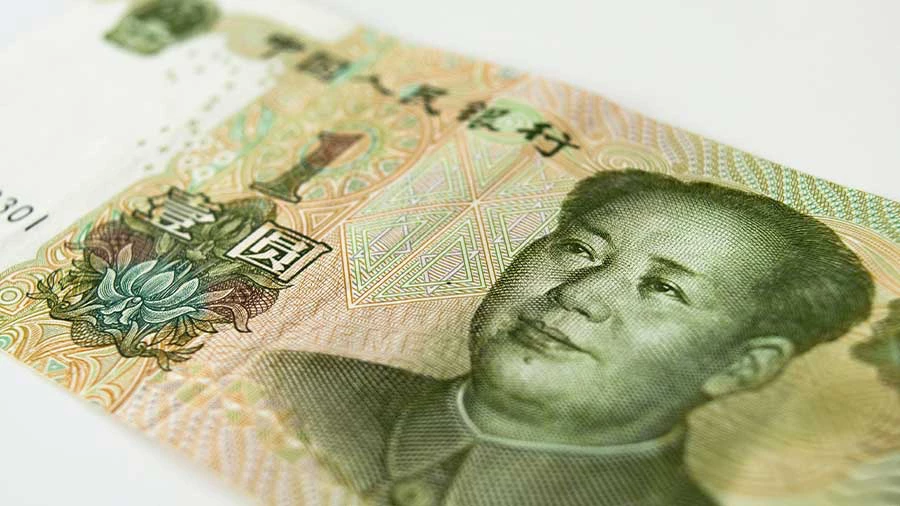Investors should pay close attention to China's fitness services industry as multiple state policies aim to promote healthier lifestyles and develop sports infrastructure and capabilities in the country - across demographic categories.
China successfully hosted the Olympic Winter Games in February 2022, despite the myriad health and logistical challenges posed by COVID-19. The threat of the virus partly overshadowed China’s accomplishments in transforming into a winter sports power, adding to the country’s momentum towards becoming a fitness conscious society.
In the 2022 Winter Olympics, China won nine gold medals and 15 medals in total, up from one and nine, respectively, in the previous Winter Olympics in South Korea. China’s newfound success in winter sports reflects the government’s ability to channel resources into building the talent and infrastructure needed to develop world class athletes.
The 14th Five Year Plan for Sports Development, which covers the years 2021 to 2025, seeks to build China into a global sports power, demonstrating the government’s ambitions for athletic development. These goals extend not just to elite athletes, but also the wider population, as the government is increasingly encouraging fitness to address prevalent social and health issues.
Here, we look at how the Chinese government is planning to become a health-oriented fitness nation, whether for elite athletes, school-aged youths, or senior citizens.
Plans to boost fitness accessibility
China’s strategy to achieve Winter Olympic success involved heavy investments in infrastructure and talent development, alongside recruiting overseas talent. Development of the fitness industry is similarly state-driven, meaning that adaptation to the priority areas identified by the government can lead to success for foreign businesses.Like with China’s Olympic strategy, the government has several plans in place to guide the development of fitness. Among the most important is the National Fitness Plan, released by the State Council in July 2021. The plan covers the years 2021 to 2025 and contains ambitious goals for China to accomplish by 2025. These include to reach 38.5 percent of the population regularly exercising, an increase of 1.3 percentage points compared to the previous five-year plan.
One way the plan seeks to achieve this is to enhance fitness accessibility throughout the country. The plan seeks to have more than two sports instructors available to every 1,000 residents, to create or expand 2,000 fitness venues, and to replenish more than 5,000 fitness venues. By 2025, China plans to have full coverage of fitness facilities across all counties, towns, and villages, meaning all citizens should be no more than a 15-minute walk from a place to work out.
The plan also has special provisions for particular demographics. According to the plan, students should have two hours a day for sports and fitness, including at least one hour of off-campus sports. For the elderly, the plan recommends that governments promote activities suitable for such populations, reduce barriers to access, and improve facilities for rehabilitation and people with disabilities. The plan also has measures for other target groups, including women and farmers.
Besides improving people’s health, policy planners expect that increasing access to fitness resources will contribute to the fitness industry’s growth. Overall, the plan aims to increase the value of the sports industry to RMB 5 trillion (US$784.8 billion). In 2019, it was worth RMB 2.95 trillion (US$463.0 billion), according to the National Bureau of Statistics.
Wide ranging efforts to promote healthy lifestyles
In addition to the National Fitness Plan, the Chinese government has several other policies, laws, and regulations in place to promote health, wellness, and physical activity.On March 23, 2022, the State Council released the Opinions on Building a Higher Level Public Service System for National Fitness. The opinions add to some of the goals laid out in the National Fitness Plan, including to have 2.6 square meters of sports venue area per capita by 2025 and to have 45 percent of the population regularly participating in physical exercise by 2035. The opinions also call for the establishment of a public service system and standards for national fitness.
The Law of the People’s Republic of China on Physical Culture and Sports, commonly known as the Sports Law, is one of China’s oldest laws governing sports and fitness. In October 2021, the National People’s Congress began a review process to study proposed revisions to the law, which would be the most significant since its inception in 1995, adding 55 new provisions. Proposed additions to the law include a new section on anti-doping, stipulations to increase fitness participation rates, and promoting fitness classes in schools.
In 2019, the State Council released guidelines to implement the Healthy China Initiative, with an action plan covering 2019 to 2030. The initiative focuses on the healthcare benefits of active lifestyles, which contribute to disease prevention and management of chronic diseases. Specifically, the initiative stresses the importance of healthy habits — like regular exercise, healthy diets, and avoidance of drinking and smoking — to prevent psychological health, myopia, childhood obesity, diabetes, and other health conditions.
Other relevant laws include the Regulations on Public Cultural and Sports Facilities, the Regulations on Anti-Doping, the Regulations on National Fitness, the Guiding Opinions on Accelerating the Promotion of National Youth Ice and Snow Sports in School.
Developing a client-centered approach
China’s various fitness plans and regulations emphasize factors like universal access and the relationship between physical activity and healthcare concerns. With these elements in mind, there is an especially significant push to engage youths and the elderly with fitness.Engaging youth
Under the guiding “Common Prosperity” policy, the Chinese government is prioritizing health and quality of life issues. One of the reasons that Chinese regulators have put restrictions on private tutoring, excessive homework, and video game usage is the hope that these regulations will encourage youths to spend more time on physical activity. According to the Chinese Center for Disease Control and Prevention, 10 percent of youths under the age of six and 19 percent between the ages of six and 17 are overweight or obese.Engaging youths in physical activity can be challenging, however, especially for those living in dense urban environments without sufficient public sports infrastructure. To navigate these challenges, service providers can offer team-oriented social communities and app-based gamification that integrate online and offline fitness experiences. These principles are integral to Keep, one of the most successful fitness apps in the Chinese market, which has over 42 million active users – about 74 percent of whom are under the age of 30.
Meeting the needs of the elderly
Similarly, businesses can cater to the elderly by fostering environments and programs in their fitness services that reflect the social habits and preferences of elderly communities in China. Chinese seniors are well-known for taking part in group exercises in public spaces, reflecting the importance of the social element of fitness.As the Chinese population ages, there will be increasing demand for fitness services that integrate rehabilitation and care of chronic conditions into fitness services, taking a page from occupational therapy best practices. Moreover, a more active elderly population will lead to higher demand for fitness apparel and accessories tailored to their unique accessibility needs. Emphasis on personalized coaching and accessibility is essential to reach elderly Chinese who did not grow up with the gym equipment commonly used by younger generations.
Key takeaways
Regardless of whether a fitness product is targeted at youths, the elderly, or the general population, the trend is clear: fitness services must reflect the client’s wider social needs, requiring a strategic market-tested approach to rise above the competition.With the Chinese government putting more emphasis on the fitness of its citizens and encouraging foreign investment in the area, investors are suggested to pay close attention to the development of this sector for opportunities.
























